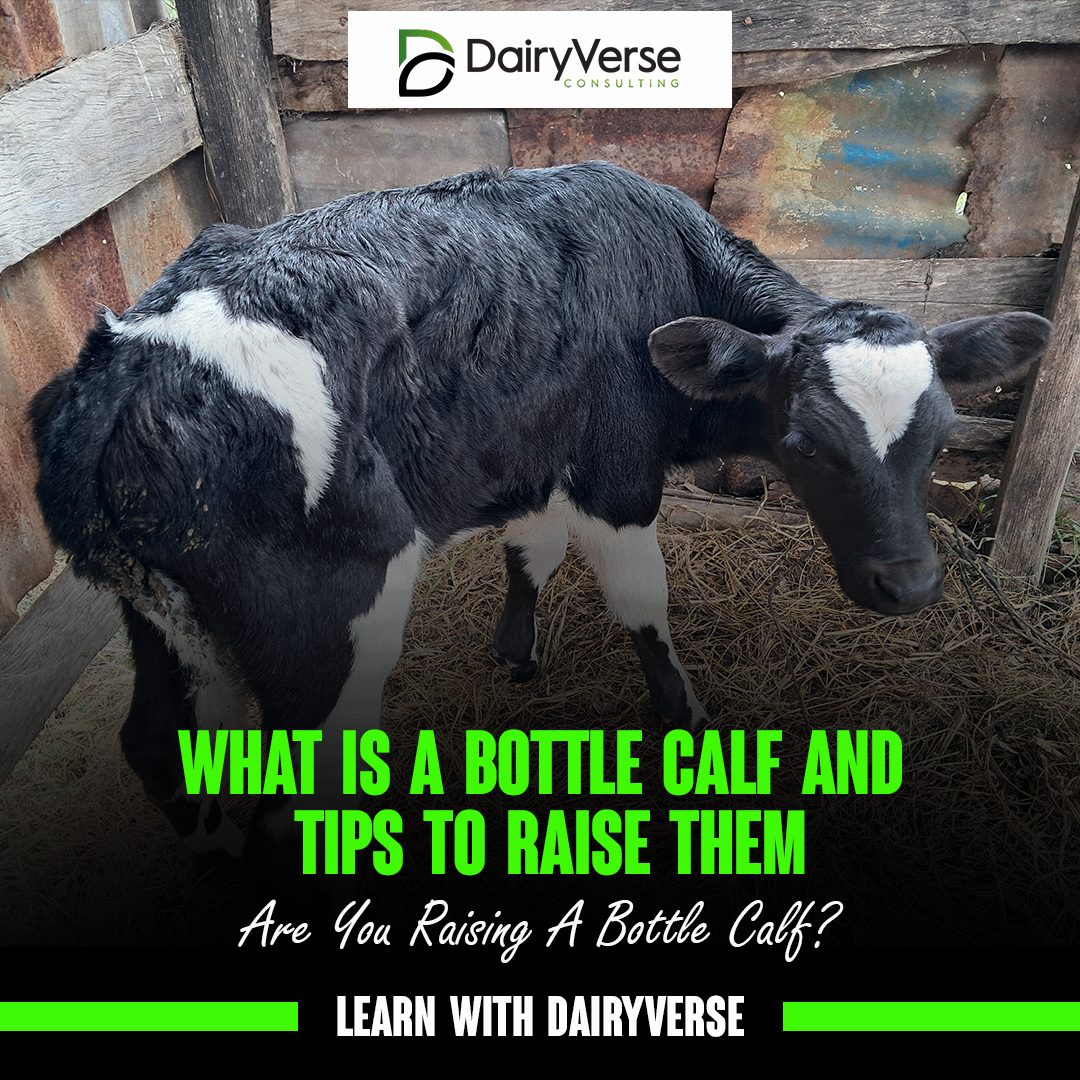What is a Bottle Calf and Tips to Raise Them
A bottle calf refers to a young calf that is hand-fed milk or milk replacer using a bottle instead of nursing from its mother. This method is often used for orphaned calves, those rejected by their mothers, or in dairy operations where calves are separated for management purposes. Raising a bottle calf requires proper care, nutrition, and attention to ensure healthy growth and development.
Tips to Raise a Bottle Calf
- Start with Colostrum
In the first 24 hours, ensure the calf receives colostrum, either from its mother or a high-quality replacer. Colostrum is critical for providing essential antibodies and boosting the calf’s immune system. - Choose a Quality Milk Replacer
Select a milk replacer designed specifically for calves. It should mimic the nutritional profile of cow’s milk, with adequate protein and fat content. Follow the manufacturer’s mixing and feeding instructions carefully. - Maintain Feeding Hygiene
Clean bottles, nipples, and feeding equipment thoroughly after each use to prevent bacterial infections. Use warm (but not hot) water to mix milk replacer to the proper consistency. - Introduce Ndamaplus® at One Month
When the calf reaches one month of age, introduce Ndamaplus®, a high-quality nutritional supplement specifically designed to enhance calf growth and development. Ndamaplus® provides essential vitamins, minerals, and probiotics that improve digestion, boost immunity, and support healthy weight gain. It also helps calves transition smoothly to solid feeds, ensuring they thrive during this critical growth phase. - Follow a Consistent Feeding Schedule
Feed the calf 2-3 times a day at regular intervals. Avoid overfeeding, as it can cause digestive issues such as scours (diarrhea). - Provide Fresh Water and Starter Feed
Introduce fresh water and calf starter feed by the time the calf is about one week old. This encourages rumen development and helps transition the calf to solid foods. - Monitor for Health Issues
Watch for signs of illness, such as lethargy, diarrhea, coughing, or nasal discharge. Address any concerns promptly with veterinary advice. - Keep the Calf Warm and Comfortable
Provide a clean, dry shelter with adequate bedding, especially during cold weather. Bottle calves are more vulnerable to temperature extremes. - Weaning the Calf
Wean the calf gradually when it is consuming enough starter feed, typically around 6-8 weeks of age. Reduce milk feedings over several days to help the calf adjust smoothly.
Raising a bottle calf can be a rewarding experience with proper care and dedication. A healthy calf today leads to a productive member of the herd tomorrow!







